Diffraction of waves
The spreading or bending of waves as they pass through an aperture or round the edge of a barrier.
The amount the wave bends depends on the size of the aperture or barrier. The smaller the aperture by comparison , the more wave bends.
When the diffraction of a wave happened , the wavelength ,λ,the frequency, f and the speed , v do not change but the amplitude of the waves decrease.The direction of propagation and the pattern of the wave change.
Diffraction of water waves
To investigate the diffraction of water waves an obstacle is placed at the centre of a ripple tank..
The following figure shows two examples pattern of the diffraction of the water waves.
(a) Size of aperture > λ
(b) Size of aperture ≤ λ
(c) Edge of a obstacle
(d) Small obstacle
The experiment to investigate the relationship between the size of aperture and the angle of bent
Hypothesis:
The angle of bent increases as the size of aperture decreases
Aim of the experiment :
To investigate the relationship between the angle of bent and the size of aperture
Variables in the experiment:
Manipulated variable: size of aperture
Responding variable: angle of bent
Fixed variable: frequency of vibrator
List of apparatus and materials:
Ripple tank, lamp, motor ,wooden bar , power supply white paper , two pieces metal bar ,metre rule protractor and mechanical stroboscope.
Arrangement of the apparatus:
The procedure of the experiment which include the method of controlling the manipulated variable and the method of measuring the responding variable.
By using a metre rule , the width of the slit is measured = a
The power supply is switched on to produce plane waves which propagate towards the aperture.
The waves are freeze by a mechanical stroboscope.
The waves are sketched on the screen.
By using a protractor , the angle of bent = θ
The experiment is repeated 5 times for with different widths of slit.
Tabulate the data:
| a | | | | | | |
| θ | | | | | | |
Analysis the data:
Plot the graph θ against a
Diffraction of light waves
The diffraction of light waves occur when the light waves pass through a small slit or small pin hole.
Diffraction occurs at all edges where waves can spread round into the shadow region. Thus a narrow object like a fine wire or a human hair can show the diffraction fringes at its edges similar to those produced by a small single slit.
The diagram shows the diffraction fringes.
The wider middle bright fringe shows that the light
waves diffracted after pass through a small slit.
The experiment to investigate the relationship between the size of slit and the wide of the middle bright fringe
Hypothesis:
The wide of the middle bright fringe increases as the size of slit decreases
Aim of the experiment :
To investigate the relationship the wide of the middle bright fringe increases and the size of slit decreases
Variables in the experiment:
Manipulated variable: size of slit
Responding variable: the wide of the middle bright fringe
Fixed variable: the monochromatic light (one wavelength only)
List of apparatus and materials:
Monochromatic light source, single slit plate, metre rule
Arrangement of the apparatus:
The procedure of the experiment which include the method of controlling the manipulated variable and the method of measuring the responding variable.
The width of the slit is recorded = a
The light beam from the source is directed towards the slit..
By using a metre rule , measure the wide of the middle bright fringe = x
The experiment is repeated 5 times for with different widths of slit.
Tabulate the data:
| a | | | | | | |
| x | | | | | | |
Analysis the data:
Plot the graph x against a
Diffraction of sound waves
Sound diffracts very readily. This is why we can hear sound round a corner , or behind an obstacle. The reason is the sound waves have long wavelengths in air, ranging from a few centimetres up to several metres. As we have already seen, long wavelength waves diffract more readily than those with short wavelengths.
To investigate the diffraction of sound waves the following experiment can be done:
A listener is requested to stand on the other side of the corner of the wall so that the radio is beyond his vision.
The listener is able to hear the sound of the radio although it is behind the wall.
It is because the sound of the radio spreads around the corner of the wall due to diffraction of sound.
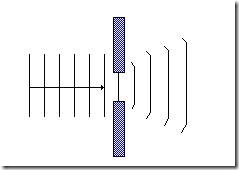
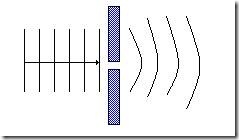
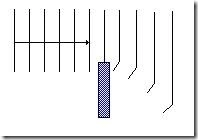
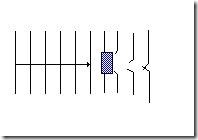
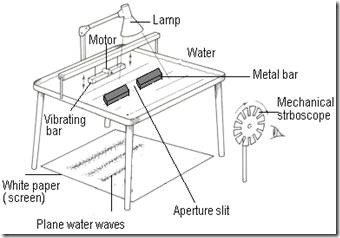
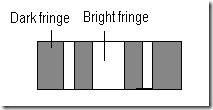
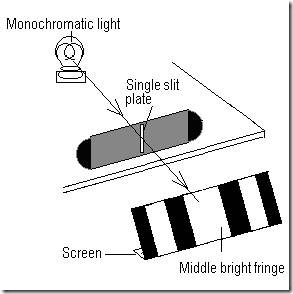
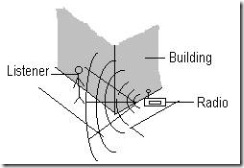

0 Comments to "Analysing Diffraction of Waves"
Leave a Reply